Sydney green wattle
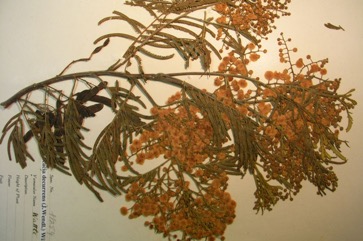
A temperate plant. It occurs naturally in Eastern Australia. It has been introduced to Tasmania. It prefers medium soils and a protected position. It is drought and frost resistant. It grows in areas with a rainfall between 450-3,600 m above sea level. It is frost tender while young. Because of its showy appearance and use as firewood it has been introduced to other countries. It suits warm temperate places. It can grow in arid places. It suits hardiness zones 9-10. Tasmania Herbarium. In Yunnan.
Also known as:
Akasia, Early Black Wattle, Green Wattle, Queen Wattle, Seemai velam pattai
Synonyms
- Acacia normalis
- Acacia doratoxylon Cunn. var. doratoxylon
- Mimosa decurrens Donn.
- Mimosa decurrens Wendl.
- Racosperma decurrens (Willd.) Pedley
Edible Portion
- Gum, Leaves - tea
Where does Sydney green wattle grow?
Found in: Africa, Asia, Australia, Brazil, Britain, Caribbean, China, Colombia, East Africa, Ecuador, Eswatini, Ethiopia, Haiti, Hawaii, India, Jamaica, Madagascar, Malaysia, Mozambique, Myanmar, New Zealand, Pakistan, Reunion, SE Asia, South Africa, Southern Africa, South America, Sri Lanka, St Helena, Swaziland, Tanzania, Tasmania, United States, Venezuela, Zimbabwe
Notes: There are about 1,350 Acacia species. Over 1,000 occur in Australia. This one has spread in an uncontrolled manner in South Africa. Also as Mimosaceae.
Growing Sydney green wattle
Cultivation: It is grown from seed. The seed need treatment to break the hard seed coat. Normally this is by putting the seeds in very hot water and letting the water cool down overnight then planting the seeds immediately.
Edible Uses: The gum is eaten. The leaves have been used for tea.
Production: It is fast growing.
Nutrition Info
per 100g edible portion| Edible Part | Energy (kcal) | Protein (g) | Iron (mg) | Vitamin A (ug) | Vitamin c (mg) | Zinc (mg) | % Water |
|---|---|---|---|---|---|---|---|
| Gum | - | - | - | - | - | - | |
| Leaves - tea | - | - | - | - | - | - |
Sydney green wattle Photos

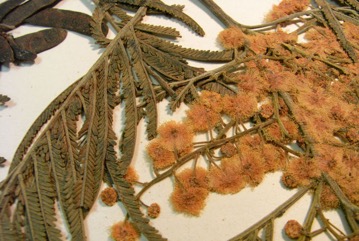
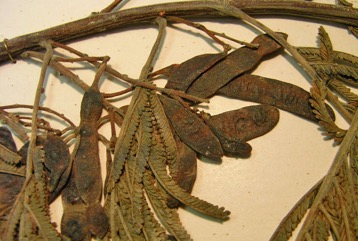
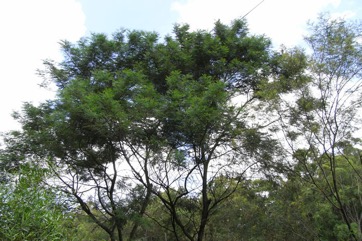
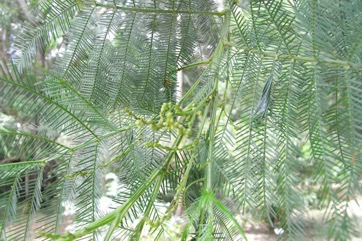
References
Ambasta S.P. (Ed.), 2000, The Useful Plants of India. CSIR India. p 5
Bekele-Tesemma A., Birnie, A., & Tengnas, B., 1993, Useful Trees and Shrubs for Ethiopia. Regional Soil Conservation Unit. Technical Handbook No 5. p 46
Bodkin, F., 1991, Encyclopedia Botanica. Cornstalk publishing, p 14
Brickell, C. (Ed.), 1999, The Royal Horticultural Society A-Z Encyclopedia of Garden Plants. Convent Garden Books. p 60
Burkill, I.H., 1966, A Dictionary of the Economic Products of the Malay Peninsula. Ministry of Agriculture and Cooperatives, Kuala Lumpur, Malaysia. Vol 1 (A-H) p 17
Cherikoff V. & Isaacs, J., The Bush Food Handbook. How to gather, grow, process and cook Australian Wild Foods. Ti Tree Press, Australia p 47
Cronin, L., 1989, The Concise Australian Flora. Reed. p 180
Cundall, P., (ed.), 2004, Gardening Australia: flora: the gardener's bible. ABC Books. p 75
Curtis, W.M., 1956, The Students Flora of Tasmania Vol 1 p 125
Elliot, W.R., & Jones, D.L., 1982, Encyclopedia of Australian Plants suitable for cultivation. Vol 2. Lothian. p 40
Etherington, K., & Imwold, D., (Eds), 2001, Botanica's Trees & Shrubs. The illustrated A-Z of over 8500 trees and shrubs. Random House, Australia. p 51
Flora of Pakistan. www.eFloras.org
Greig, D., 1996, Flowering Natives for Home Gardens. Angus & Robertson. p 31
Grieg, D., 2002, A photographic guide to Wildflowers of South-eastern Australia. New Holland. p 71
Hall, N. et al, 1972, The Use of Trees and Shrubs in the Dry Country of Australia, AGPS, Canberra. p 342
Hedrick, U.P., 1919, (Ed.), Sturtevant's edible plants of the world. p 19
Holliday, I., 1989, A Field Guide to Australian Trees. Hamlyn. p 16
ILDIS Legumes of the World http:www;ildis.org/Legume/Web
Lazarides, M. & Hince, B., 1993, Handbook of Economic Plants of Australia, CSIRO. p 3
Lord, E.E., & Willis, J.H., 1999, Shrubs and Trees for Australian gardens. Lothian. p 38
Low, T., 1991, Wild Food Plants of Australia. Australian Nature FieldGuide, Angus & Robertson. p 152
Low, T., 1992, Bush Tucker. Australia’s Wild Food Harvest. Angus & Robertson. p 34
Marinelli, J. (Ed), 2004, Plant. DK. p 442
Paczkowska, G . & Chapman, A.R., 2000, The Western Australian Flora. A Descriptive Catalogue. Western Australian Herbarium. p 304
Plants of Haiti Smithsonian Institute http://botany.si.edu/antilles/West Indies
Purseglove, J.W., 1968, Tropical Crops Dicotyledons, Longmans. p 210
Royal Botanic Gardens, Kew (1999). Survey of Economic Plants for Arid and Semi-Arid Lands (SEPASAL) database. Published on the Internet; http://www.rbgkew.org.uk/ceb/sepasal/internet [Accessed 26th April 2011]
Sp. pl. 4(2):1072. 1806
Swaziland's Flora Database http://www.sntc.org.sz/flora
Tasmanian Herbarium Vascular Plants list p 38
Townsend, K., 1994, Across the Top. Gardening with Australian Plants in the tropics. Society for Growing Australian Plants, Townsville Branch Inc. p 52
Williams, K.A.W., 1999, Native Plants of Queensland Volume 4. Keith A.W. Williams North Ipswich, Australia. p 14
World Checklist of Useful Plant Species 2020. Royal Botanic Gardens, Kew
Young, J., (Ed.), 2001, Botanica's Pocket Trees and Shrubs. Random House. p 46